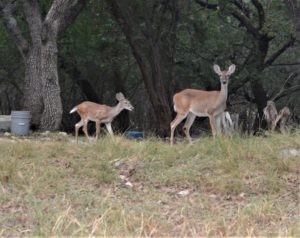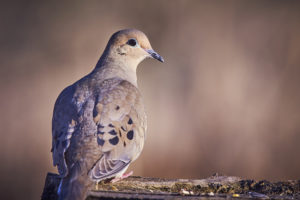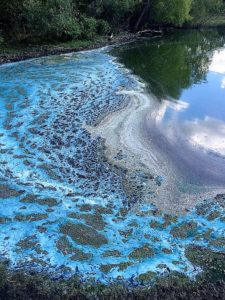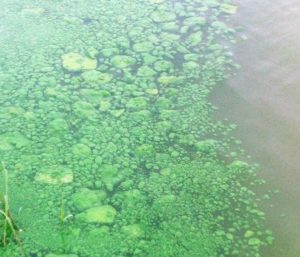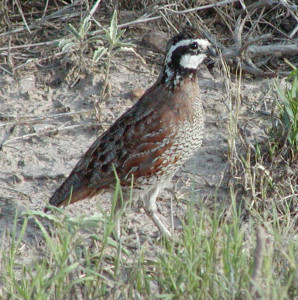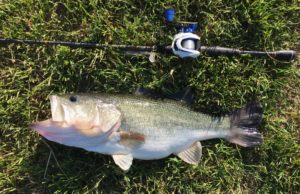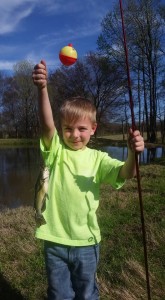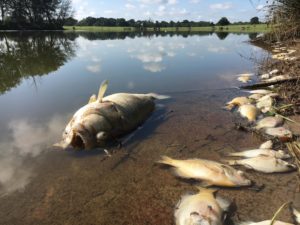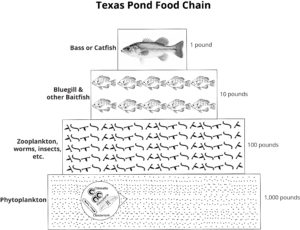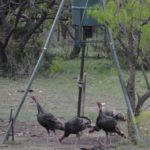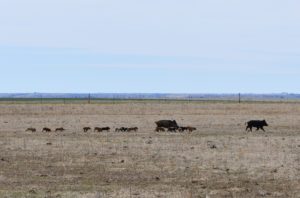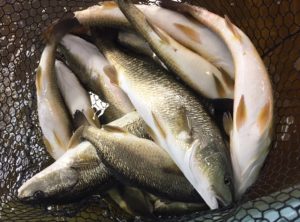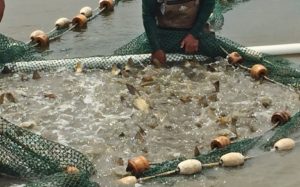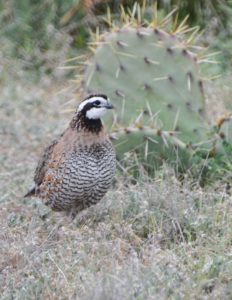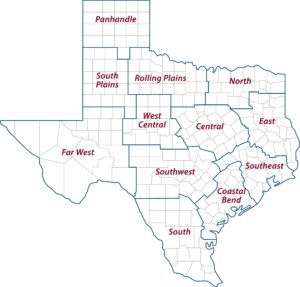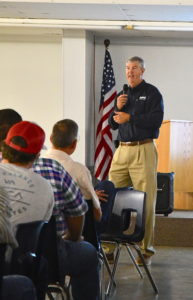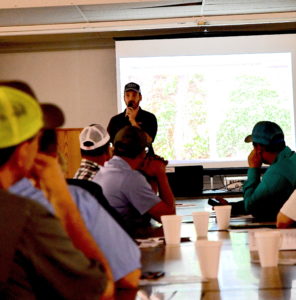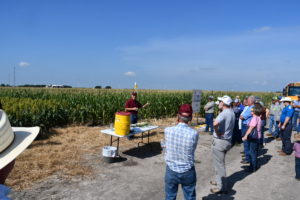BRADY — The Texas A&M AgriLife Extension Service will conduct a multi-county Wildlife Field Day Sept. 17 at Heart of Texas Trophy Whitetails, 755 Private Road 922 in Brady.
Registration will begin at 8:30 a.m., with the program to follow from 9 a.m.-3:00 p.m. The cost is $25, and lunch will be provided. Three Texas Department of Agriculture general continuing education units will be offered.
The deadline to RSVP is Sept. 10. RSVP by phone to the AgriLife Extension office in any of the participating counties: Gillespie, 830-997-3452; Mason, 325-347-6459; Llano, 325-247-5159; McCulloch, 325-597-1295; or Menard, 325-396-4787.
Organizers said the program will offer the latest wildlife management information in several areas of interest to land managers across the Edwards Plateau Hill Country.
Topics and speakers will include:
– Wild Turkeys – John Tomecek, Ph.D., Texas A&M AgriLife Extension wildlife specialist, San Angelo.
– Beneficial and Problem Plants – Bob Lyons, Ph.D., Texas A&M AgriLife Extension range specialist, Uvalde.
– Recreational Deer Feeding Program – Alicia Erwin, Record Rack, Lubbock.
– High-Fenced and Deer-Breeding Feed Program – Corey Schlensker, Record Rack, Lubbock.
– Whitetail Breeding Pen Tour – Grant Evridge, owner Heart of Texas Trophy Whitetails, Brady.
“We have assembled a great group of experts, and I think any landowner with wildlife will benefit tremendously from this field day,” said Justin Klinksiek, AgriLife Extension agent for McCulloch County.
For more information, contact Klinksiek at 325-597-1295 or Lisa Brown, AgriLife Extension agent for Menard County, at 325-396-4787.
-30-
The post Wildlife Field Day set Sept. 17 in Brady appeared first on AgriLife Today.
